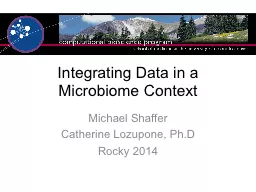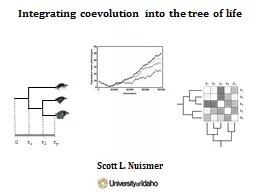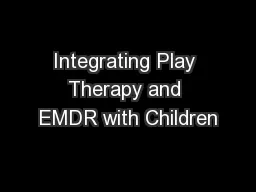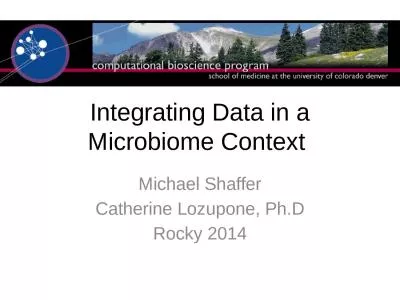PPT-Integrating Data in a
Author : liane-varnes | Published Date : 2015-10-21
Microbiome Context Michael Shaffer Catherine Lozupone PhD Rocky 2014 Nasal Microbiome as Air Purifier What is a microbiome Acinetobacter venetianus abundance
Presentation Embed Code
Download Presentation
Download Presentation The PPT/PDF document "Integrating Data in a" is the property of its rightful owner. Permission is granted to download and print the materials on this website for personal, non-commercial use only, and to display it on your personal computer provided you do not modify the materials and that you retain all copyright notices contained in the materials. By downloading content from our website, you accept the terms of this agreement.
Integrating Data in a: Transcript
Download Rules Of Document
"Integrating Data in a"The content belongs to its owner. You may download and print it for personal use, without modification, and keep all copyright notices. By downloading, you agree to these terms.
Related Documents














